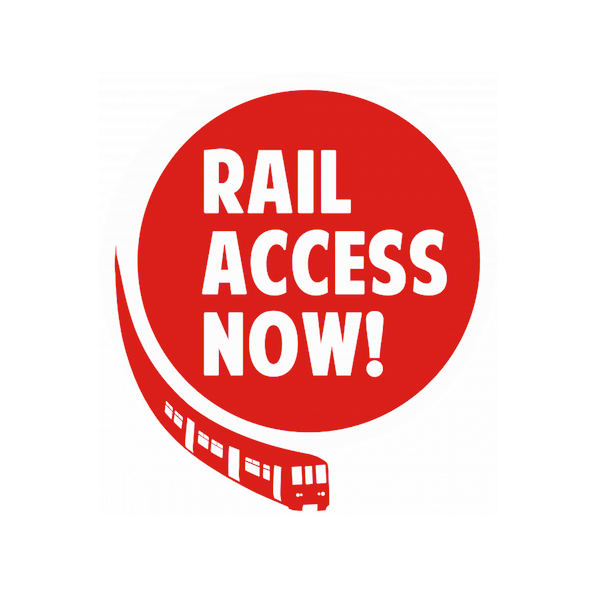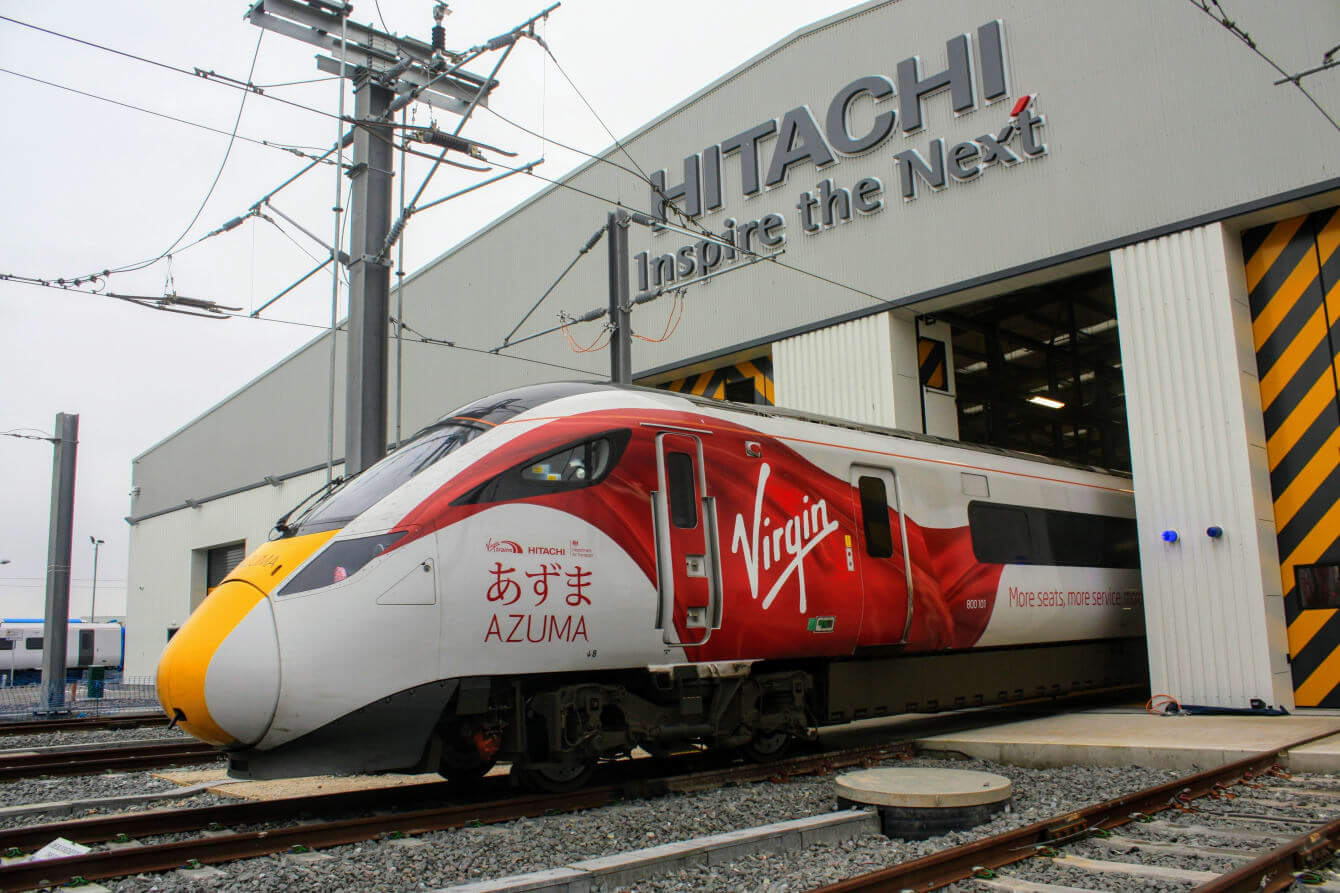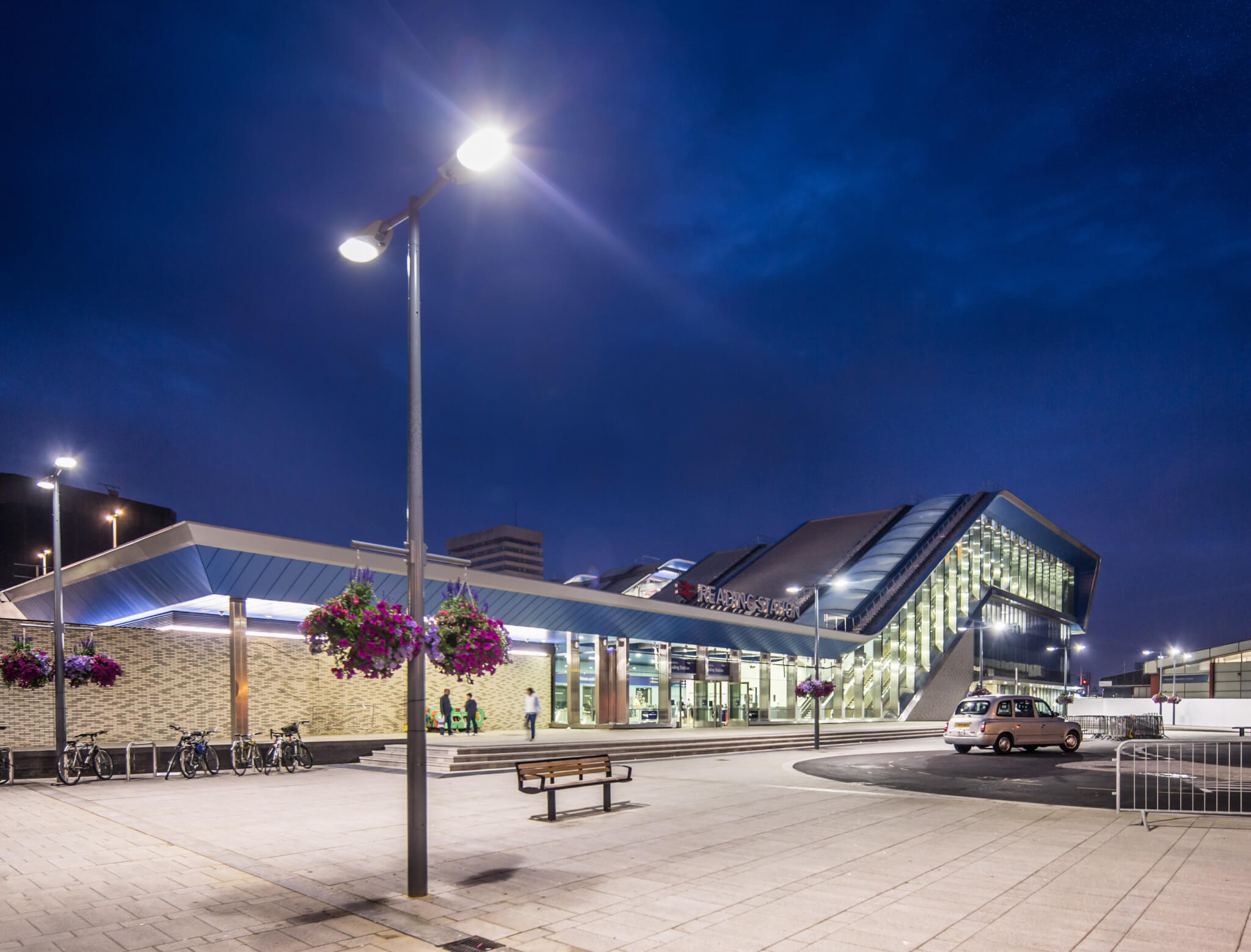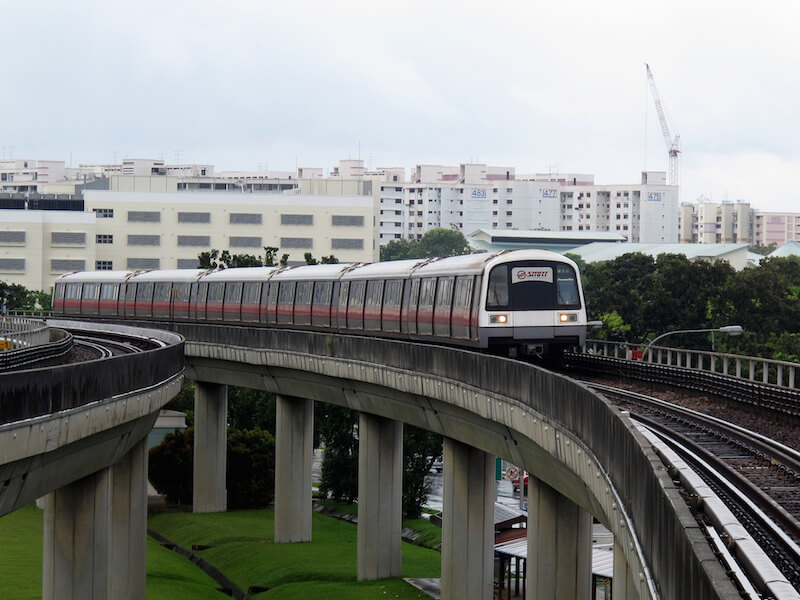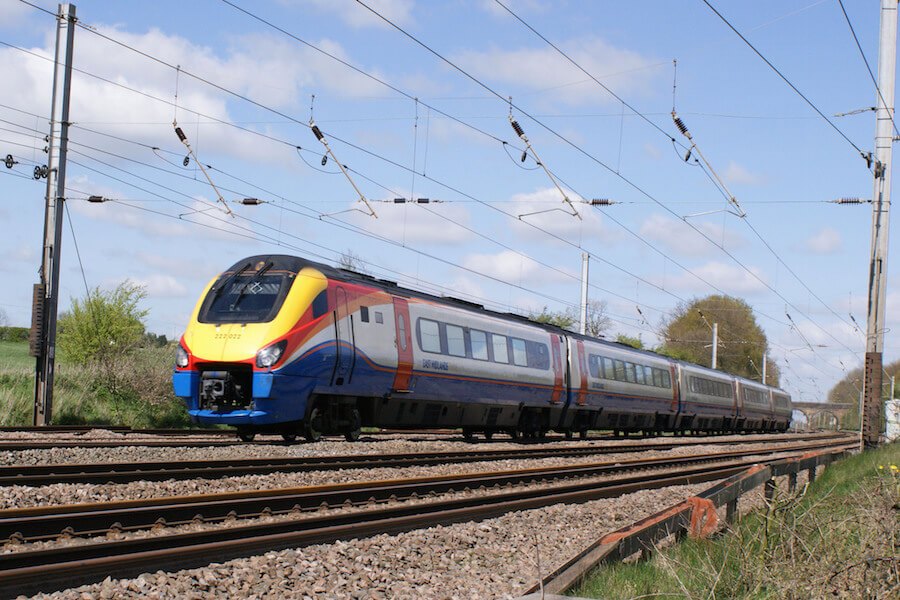The population of London is set to grow by around 2 million between 2014 and 2041, to somewhere between 10 and 11 million.
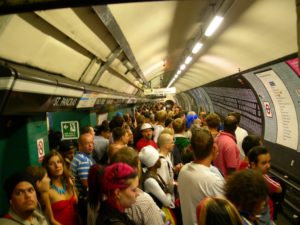
The UK capital’s transport network is already very busy and needs to be expanded and modernised continuously to cope with increasing demand. The Crossrail project currently under construction will enter full service as the Elizabeth Line in 2019, with 10 wholly new stations and 30 upgraded ones, thereby giving London a new east-west connection.
Increasing access points throughout the city by constructing a new line and improving platforms by making them longer, allowing trains with more carriages to operate are two ways of increasing capacity on the network.
Reducing ‘Headway’
However, the existing network can itself be improved to run trains more efficiently. RSSB, the Rail Safety and Standard Board, note that the main challenge for UK railways will be to reduce the gap between trains, known as ‘headway’, without compromising on safety. The answer is to move away from fixed block signalling to moving block signalling.
Fixed Block Signalling vs. Moving Block Signalling
In Fixed Block Signalling, the section of track between two signals is one block. It is stationary – fixed. This means a train cannot enter a block until it is empty. However, with Moving Block Signalling, the block is the train and computers maintain a safe gap in front of and behind trains to allow them to run as closely together as possible without making them less safe.
Please watch this Thales Transportation video on the work TfL will be undertaking to improve capacity in this way on the London Underground:
RSSB Research
The research conducted by RSSB on having trains running closer together has identified the technologies necessary to make this aim a reality.
RSSB found they are:
- ERTMS (European Rail Traffic Management System) Level 3 ‘moving block’, Automatic Train Operation (ATO) and Communications-Based Train Control (CBTC)
- ‘Predictable braking’ to allow certainty that close running trains will all behave in the same way when braking
- ‘High-integrity switch technology’ currently under development to help reduce the time for authorisation for movement across junctions of a subsequent train
- Significant improvements to traffic control and train flow information
FOR ALL THE LATEST INFORMATION, NEWS, IMAGES, VIDEOS AND ARTICLES ON ALL ASPECTS OF INFRASTRUCTURE – SIGNALLING, PLEASE CLICK HERE.





